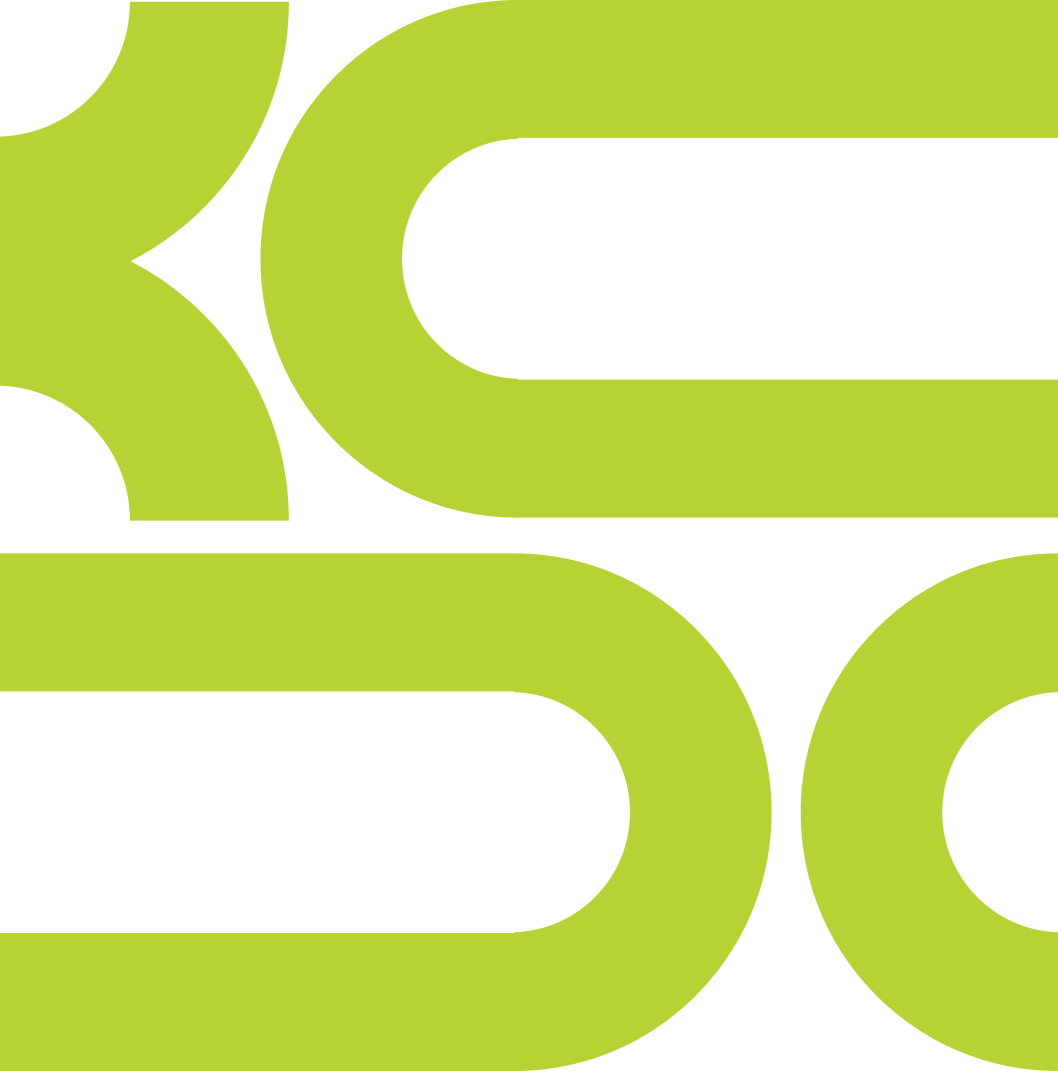In its first 50 years, the National Endowment for the Arts (NEA) awarded more than $5 billion in grants to recipients in every state and U.S. jurisdiction, the only arts funder in the nation to do so. Today, the NEA announced awards totaling more than $27.6 million in its first funding round for fiscal year 2016, including a Challenge America award of $10,000 to the Kansas City Design Center.
The Challenge America category supports projects that extend the reach of the arts to underserved populations whose opportunities to experience the arts are limited by geography, ethnicity, economics, or disability. Challenge America grants are comparatively small investments that have a big impact in their communities. NEA Chairman Jane Chu said, “The arts are part of our everyday lives – no matter who you are or where you live – they have the power to transform individuals, spark economic vibrancy in communities, and transcend the boundaries across diverse sectors of society. Supporting projects like the one from the Kansas City Design Center offers more opportunities to engage in the arts every day.”
“We are thrilled with receipt of this award because it speaks to the importance of this project and the relevance of our collaborative efforts to improve the livability of the Greater Downtown Kansas City Area.” - KCDC Director Vladimir Krstic
This award will support the KCDC Art in the Loop Vision Plan, a comprehensive study for the development of Art in the Loop installation sites. The primary goal of the Art in the Loop Foundation is to activate existing and found public spaces in the Downtown Kansas City Loop through physical, artistic, and programmatic insertions that engage people and improve the walkability, authenticity, safety, connectivity and uniqueness of the area. These programs/projects may be temporary or permanent and can be implemented in a multi-phased approach in a manner to best expedite their implementation. The purpose of this vision plan will be to assess the viability of all potential sites, develop criteria for their selection, make account of all relevant contextual factors that need to be taken into consideration when making the sites available to artists, and provide a reference for artists’ concept development.
This project will be executed in spring 2016 by the KCDC Urban Design Studio, in collaboration with two competitively selected local artists who will serve as consultants. Art in the Loop has issued a Call for Artists for this project; interested parties should respond by December 15th: http://www.downtownkc.org/2015/12/02/kcdc-call-for-artists/
For more information on Art in the Loop, visit www.artintheloop.com







